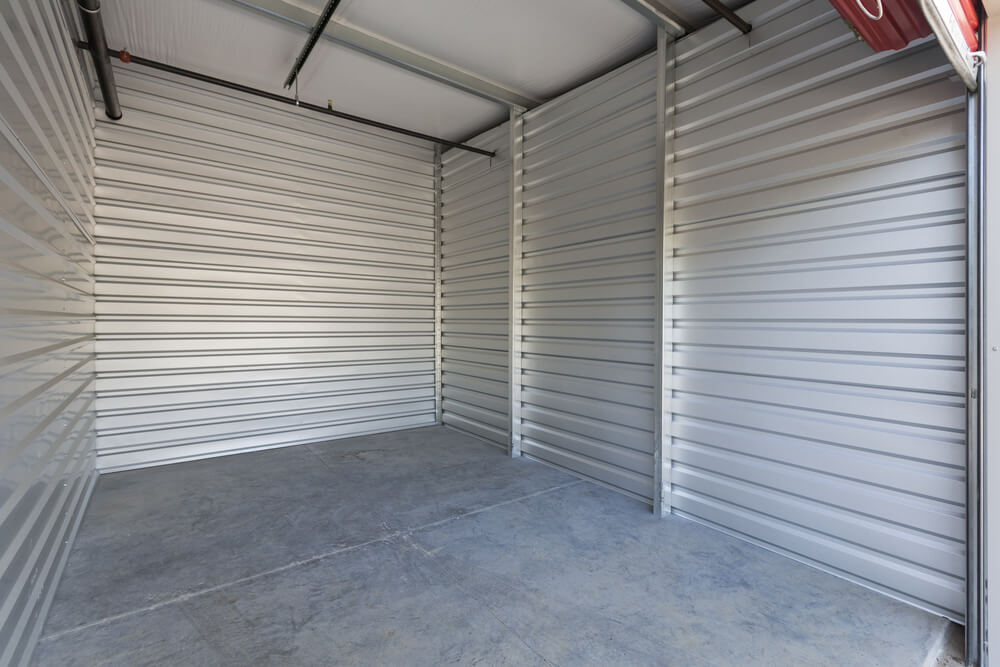As temperatures rise during the summer months, so does the need to protect your belongings from the potentially damaging effects of heat and humidity. Whether you’re storing electronics, wooden furniture, or delicate artwork, proper storage conditions are essential to maintain their integrity and longevity. This is where climate-controlled storage units can make all the difference.
What is Climate-Controlled Storage?

Climate-controlled storage units maintain a consistent temperature and humidity level year-round. Unlike traditional storage units, which experience ambient temperature fluctuations, climate-controlled units feature insulation and HVAC systems that regulate the environment within.
Advantages of Climate-Controlled Storage

Choosing a climate-controlled storage unit offers several distinct advantages, especially during the hot summer months. Firstly, it provides a stable environment that helps prevent extreme temperature fluctuations, which can cause warping, cracking, or other forms of damage to sensitive items.
Moreover, climate-controlled units also help regulate humidity levels. High humidity can lead to mold, mildew, and corrosion, particularly for items like electronics, documents, and leather furniture. By maintaining optimal humidity levels, climate-controlled storage units reduce the risk of these issues.
Additionally, these units often provide enhanced security features, such as indoor access only, which further protects your belongings from not only temperature and humidity but also theft and vandalism.
Choosing the Right Items for Climate-Controlled Storage

Climate-controlled storage benefits a wide range of items, it is particularly recommended for:
- Electronics: Including computers, televisions, cameras, and other electronic devices that are sensitive to temperature and humidity fluctuations.
- Wooden Furniture: Wooden items such as tables, chairs, and antique furniture can warp or crack when exposed to extreme heat and humidity.
- Artwork and Photographs: Paintings, prints, and photographs are susceptible to damage from fluctuations in temperature and humidity, which can cause colors to fade or paper to degrade.
- Musical Instruments: Musical instruments such as pianos, guitars, and violins can suffer from changes in temperature and humidity, which can affect their tuning and structural integrity.
Here are some additional tips on protecting your belongings from heat during the summer:
- Choose the Right Location: If climate-controlled storage isn’t an option, choose a storage unit that is well-shaded and away from direct sunlight. Units on the north side of a building typically receive less direct sunlight and can be cooler.
- Use Insulation and Reflective Covers: For items stored in non-climate-controlled units or at home, use insulation materials like bubble wrap or moving blankets to create a buffer against temperature fluctuations. Reflective covers can also help to deflect heat away from sensitive items.
- Proper Packing: Pack items in sturdy boxes and containers that provide some insulation. Avoid over-packing boxes, as this can make them more susceptible to heat damage.
- Elevate Items Off the Ground: Place pallets or shelving inside your storage unit to keep your belongings off the ground. Concrete floors can absorb and radiate heat, potentially affecting items placed directly on them.
- Use Desiccants or Moisture Absorbers: To combat humidity, which can exacerbate the effects of heat on certain items, consider using desiccant packs or moisture absorbers within storage containers.
5 More Tips:
- Rotate Stored Items: If possible, periodically visit your storage unit to rotate items. This allows you to inspect for any signs of heat damage and redistribute items to minimize prolonged exposure to hot spots within the unit.
- Limit Food and Perishable Items: Avoid storing food, candles, or other perishable items in storage units during the summer. Heat can accelerate spoilage or cause items to melt or warp.
- Monitor Temperature and Humidity: Use a thermometer and hygrometer to monitor conditions inside your storage unit or storage area at home. This allows you to take proactive measures if conditions become too extreme.
- Consider Temporary Solutions: For short-term storage needs during the summer, consider using portable storage units. You can place in shaded areas or under cover, such as on your property or in a covered parking structure.
- Insurance Coverage: Ensure you adequately insure your belongings against potential damage from heat or other environmental factors. Review your insurance policy to understand coverage limits and exclusions.
Next, when considering climate-controlled storage for your belongings, it’s important to choose a facility that offers reliable maintenance of these conditions. Regular monitoring and upkeep of HVAC systems ensure that the storage environment remains stable and secure.
However, it’s important to note that climate-controlled storage units may come at a slightly higher cost compared to traditional units. The added expense is often justified by the protection it provides for valuable and sensitive items.
Investing in climate-controlled storage during the summer months can be a crucial decision to safeguard your belongings from the adverse effects of heat and humidity. At StorAmerica Management, we prioritize the preservation of your valuable possessions by providing state-of-the-art climate-controlled storage solutions. Our facilities feature HVAC systems that maintain a stable environment year-round, ensuring consistent temperature and humidity levels. Our climate-controlled units offer peace of mind by protecting delicate electronics. Furthermore, protecting precious artwork, antique furniture, and other sensitive items from summer’s elements. With StorAmerica Management, you can trust that your items are in good hands.
Check out our latest blog posts:
- RV Storage 101: Best Practices for Storing your RV During Off-Season
- Storage Solutions for Outdoor Enthusiasts: Gear, Equipment, and Vehicles
- How Retail Stores Can Optimize Space with Self Storage Solutions
- Find Storage Units that Adapt to Your Business Needs
To stay updated on all things StorAmerica Management, connect with us on LinkedIn, YouTube, and Instagram.
